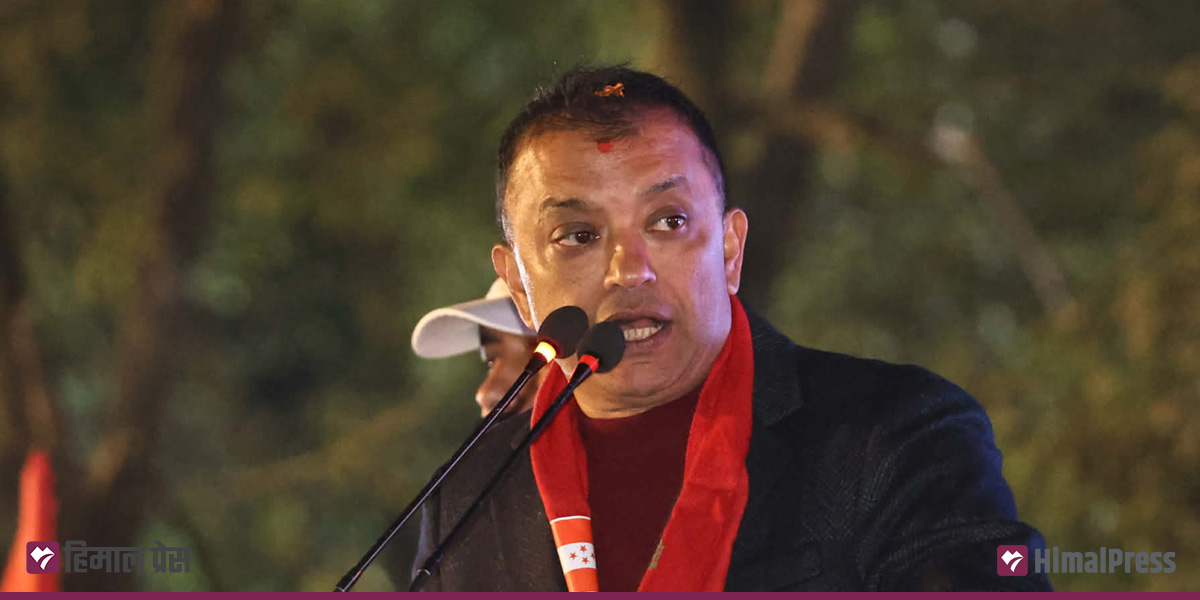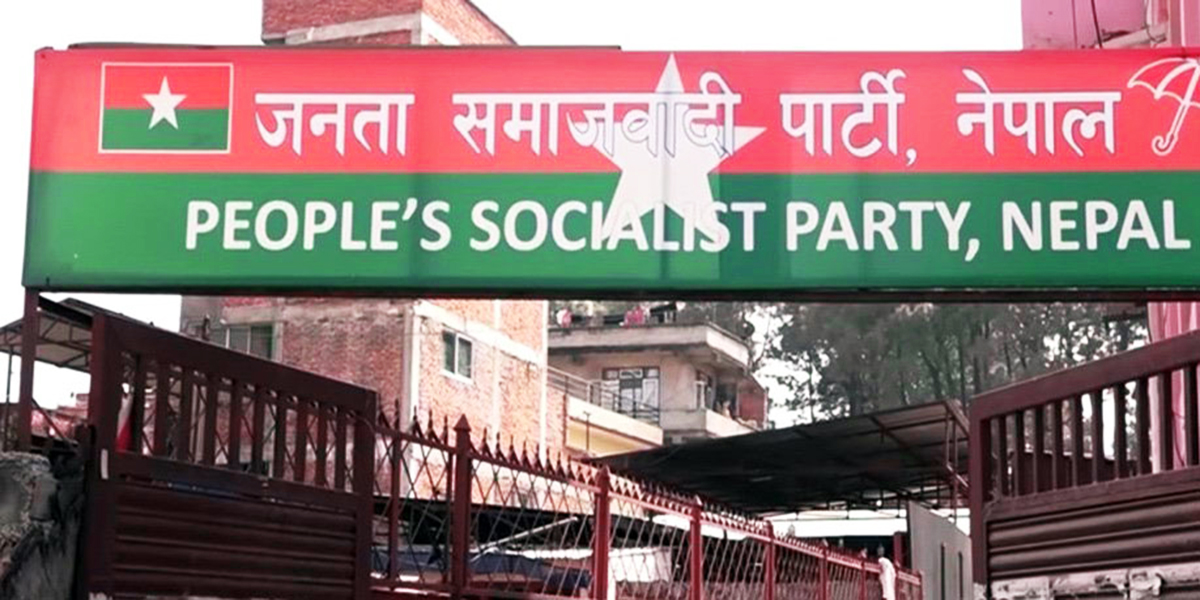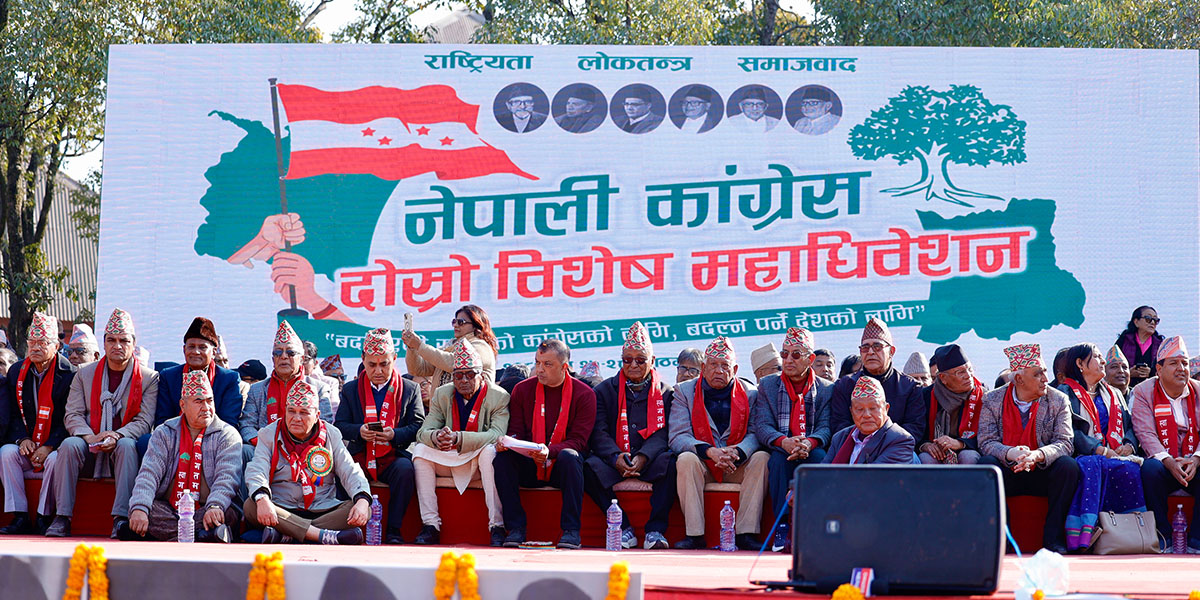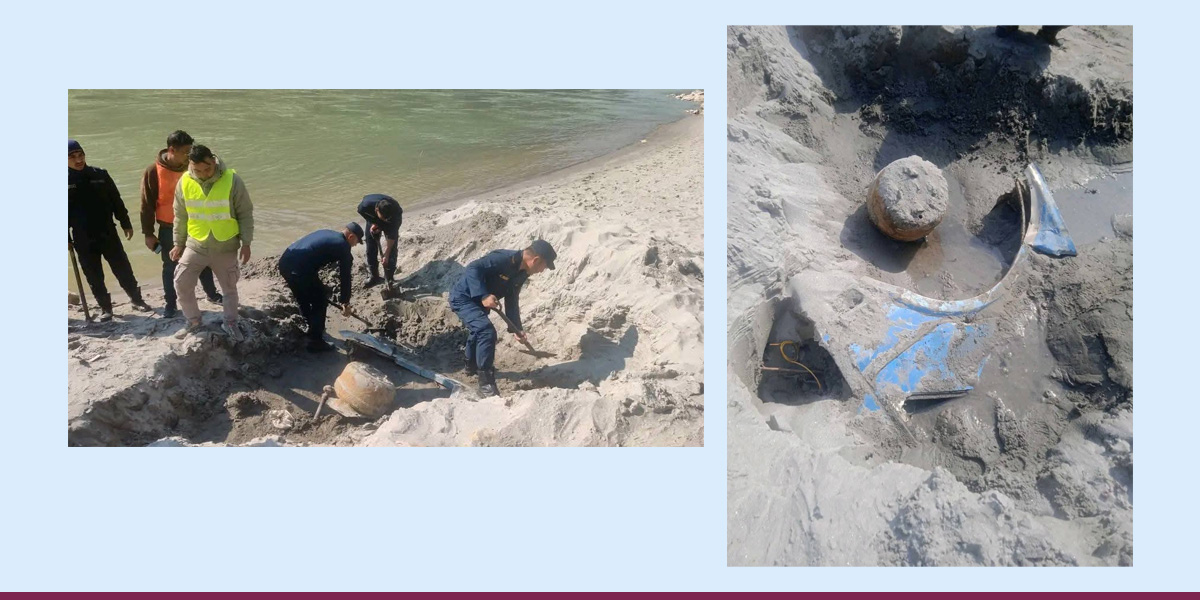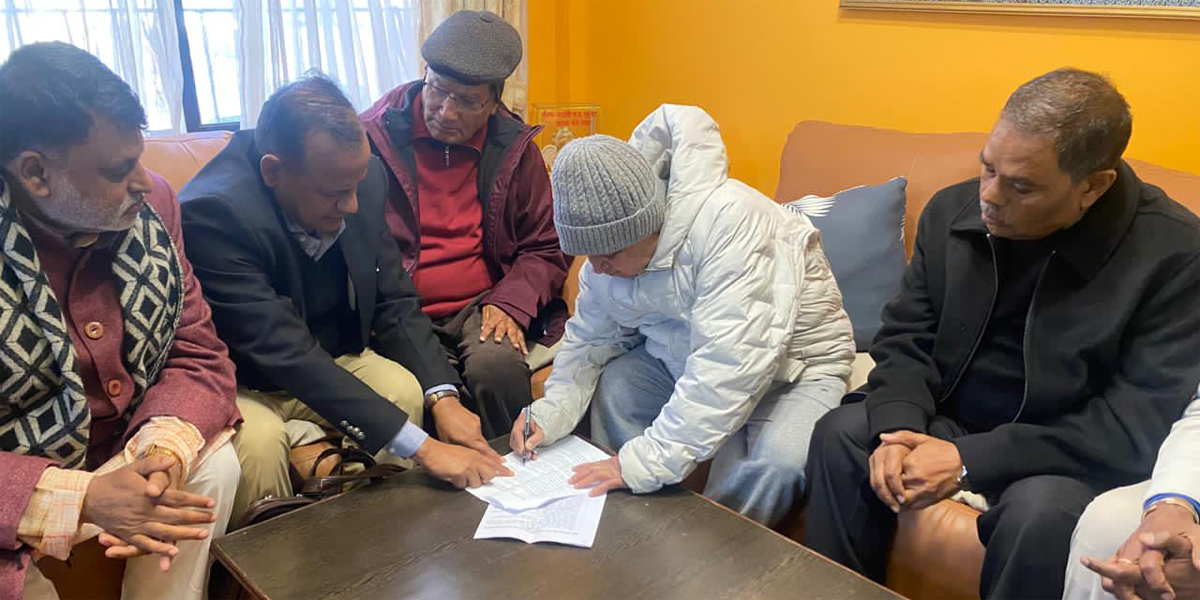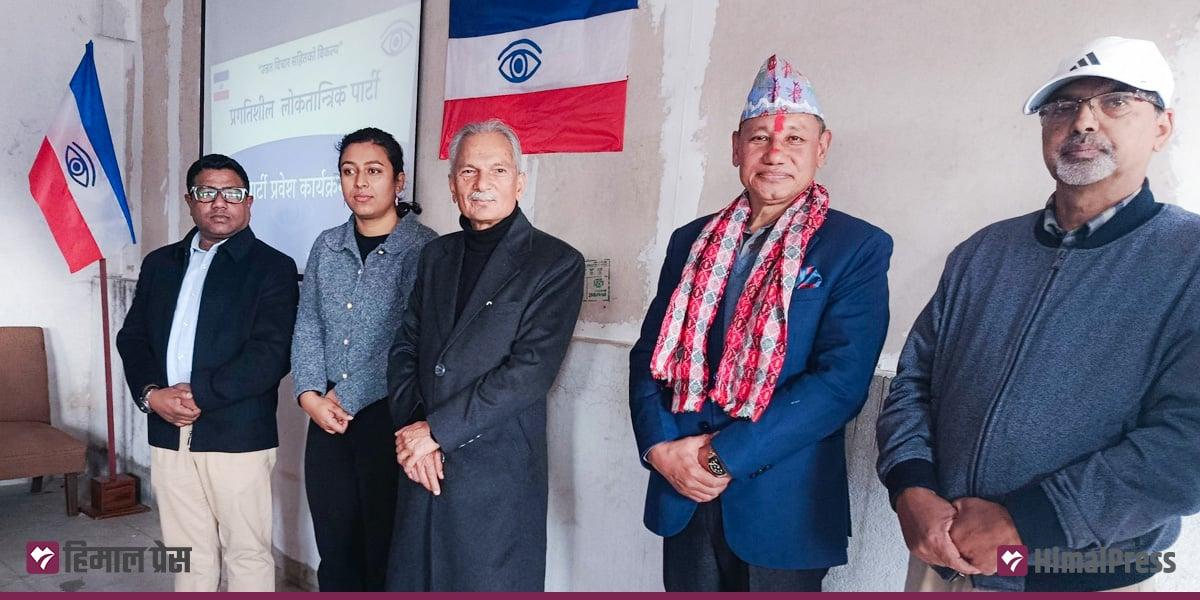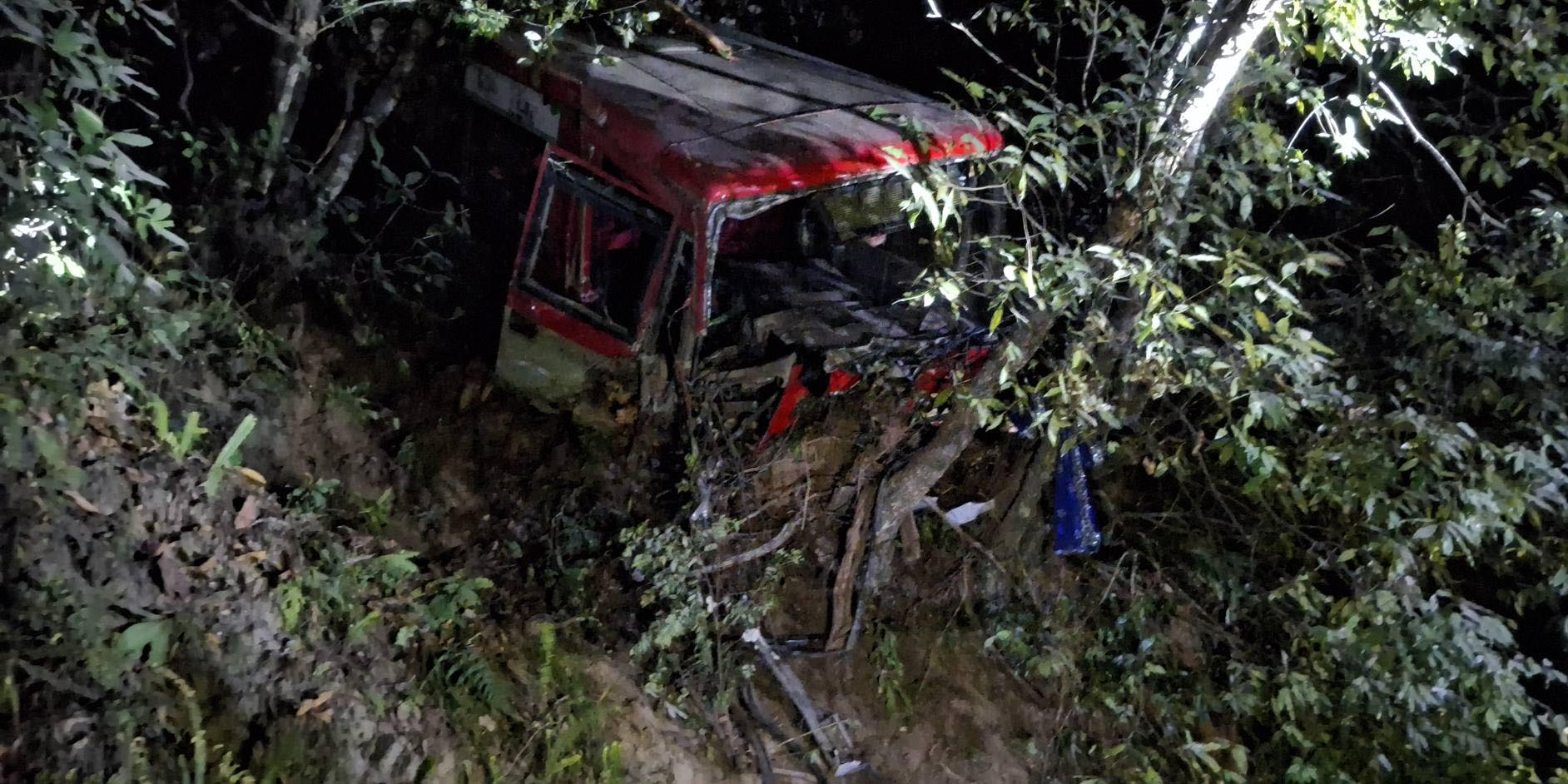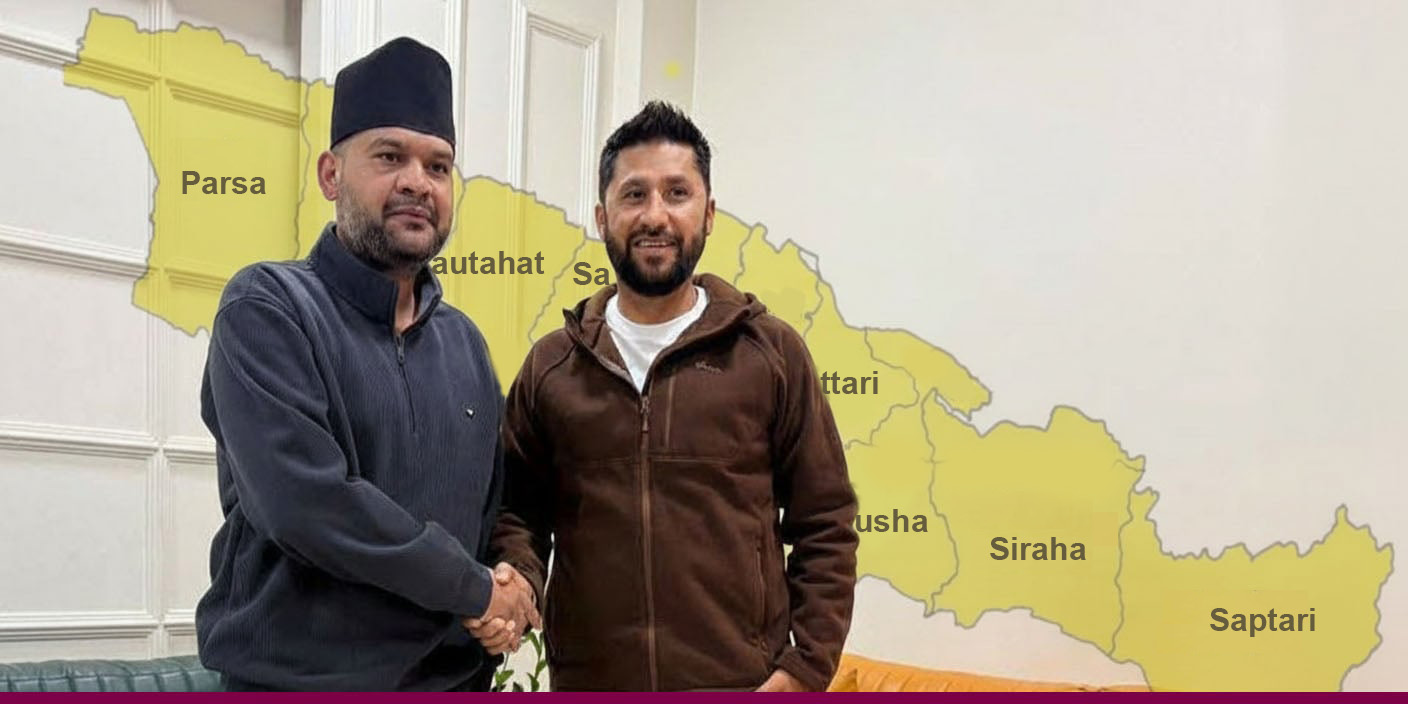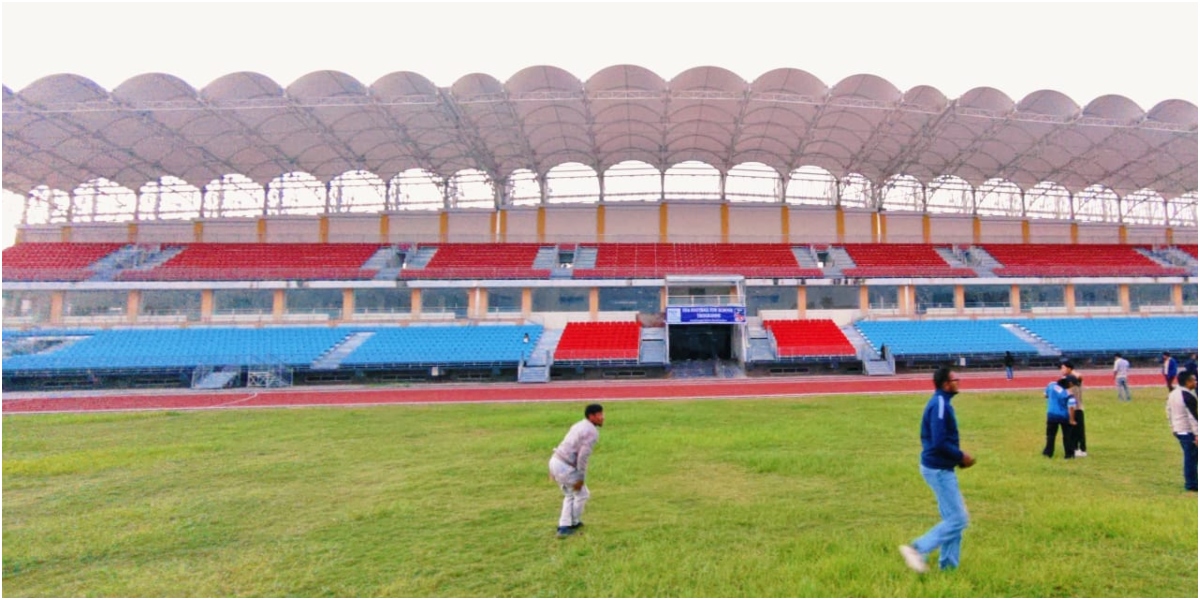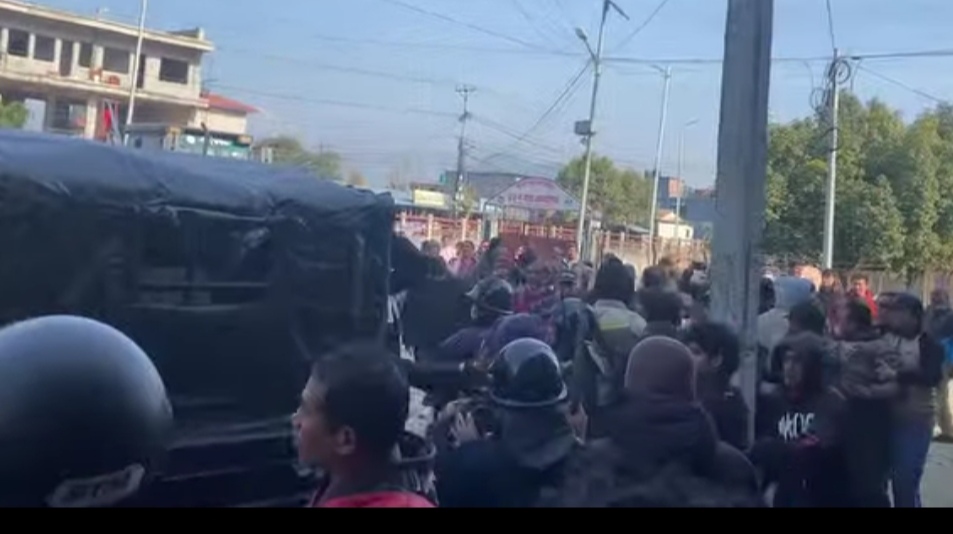
8 May 2002
GAM, ROLPA
The state incurred heavy losses in the Mangalsen attack. After the Maoists mounted an assault on the army barracks and killed a large number of security personnel, the government was trying to formulate a new strategy to deploy the army against the insurgents. A unified command of the country’s three security bodies – the Nepal Police, the Armed Police Force and the Royal Nepal Army, all of which were being targeted by the Maoists – would be formed under the army leadership.
Hot on the heels of the Mangalsen assault, the Maoists on 18 February 2002 attacked the Shitalpati police post in Salyan, killing 30 police personnel. And on 9 April 2002, they besieged APF barracks in Satbariya, Dang, where 37 security personnel were killed and many injured. The insurgents also looted plenty of arms and ammunition from both Shitalpati and Satbariya.
The Maoists, who started targeting army barracks from November 2001, had escalated the ferocity of their attacks within a few months. In the first week of April 2002, the government set up a base of the unified command in Gam, Rolpa, which came under a fierce attack within four weeks of its establishment. I had transported personnel and supplies to Gam as the unified command base was being set up. The base with 186 security personnel – 78 from the army, 61 from the APF, and 47 from the police – was under the command of Major Nilkantha Khadka from Gorakh Bahadur Battalion. They had been flown to Gam in batches. I had carried the police team. On a single day, I had transported two teams of 60 personnel to Thawang and Gam. The unified command base at Gam not only had security personnel, but also civil servants from different services such as postal, agriculture, veterinary and forestry. The Maoists used to criticize it as an ‘American fortress’ as it was modeled on US bases. There were sentry posts, bunkers, and underground trenches around the base. Although it was called temporary, the base, situated on a hillside between the two rivers, was formidable. Villages in Rolpa such as Gam and Thawang were highly impacted by the Maoist movement. The ‘people’s government’ was more influential there than the Nepal government. The government, inorder to make its presence felt among the locals, had appointed civil servants at the base.
Those villages did have police posts earlier, but as the impact of the ‘people’s war’ deepened, the government was forced to remove the posts. Once the unified command was formed under the army’s command, the government had set up temporary basecamps in ‘Maoist villages’ like Gam and Thawang. They attacked the Gam basecamp on 7 May 2002. Just before the attack, the security forces had carried out a four-day operation at Lisne Lek on the border between Rolpa and Pyuthan. There had even been fighting between them and the Maoists in the course of the operation. When the security forces were informed that the Maoists were planning an attack on Khalanga, the headquarters of Pyuthan, and were training for it at Lisne Lek, they had gone there on long-route patrols from Rolpa and Pyuthan. That’s when the fighting had taken place. Additional forces from Butwal, Dang, Rolpa, and Nepalgunj were airlifted and reinforcements sent to Lisne by helicopter. Although news of the fighting had gotten out, no one had accurate information on the scale of the loss. The government, however, had publicized that hundreds of Maoists had been killed and their training center destroyed.
The same insurgents who were training to mount an assault on the headquarters of Pyuthan ended up attacking the camp at Gam on May 7. The attack took place when 65 security personnel had gone out to patrol the area.
The attack on the temporary base camp of the unified command had taken place against the backdrop of the combat at Lisne. The government’s claim that hundreds of Maoists had been killed in Lisne was untrue; the Maoists said only five of their combatants had died. The same insurgents who were training to mount an assault on the headquarters of Pyuthan ended up attacking the camp at Gam on May 7. The attack took place when 65 security personnel had gone out to patrol the area. At the same time, the government was publicizing the news of the killings of hundreds of Maoists in Lisne.
The combat at Gam lasted nearly four hours. Although we were informed that the Maoists had taken over the basecamp, communication had broken down after 3 am. We had even heard rumors that the Maoists had chased down and murdered some security personnel who were hiding in the forest at night. Although the condition of the injured was getting worse, we were not able to rescue them quickly. An army helicopter had flown to Gam on the morning of May 8, but it could not land and had to fly back after the Maoist fighters fired at it with a long-range weapon. The security personnel who were in that chopper could see nothing but a thick cloud of smoke over the Gam basecamp. Security officers requested me to fly to Gam on the morning of May 8. I took a Simrik Air 9 N-ADP-MI-17 chopper to Liwang in the morning. There I picked up some security personnel and flew to Salyan, where I picked up one more team and took off for Gam. I dropped the security personnel on a field across a hill from Gam. There we met the 65 security personnel who had gone on a patrol but we could not get to the base camp. After reaching Rolpa, I transported security personnel from Salyanin on an army helicopter. The head of the battalion there, Major Shumsher Thakurathi, had already been transferred elsewhere and the new head had taken over.
At the end of the flight from Salyan to Liwang, just as I was about to land, we saw something strange at the helipad. A soldier was aiming a gun at our chopper while another one was holding him. We later found out that a good friend of the soldier aiming the gun was brutally killed in the fighting at Lisne, while he had survived by hiding in a bush. He believed his friend could have been saved had the army’s chopper arrived on time. Despite multiple attempts, neither a helicopter nor the patrolling team could make it to Gam the next day. The army did not allow us to go there, citing high risk. And as communication with Gam had broken down, we did not have accurate information about the loss.
When we reached the skies above Gam, we could not tell whether the people we saw were Maoists or security personnel. The base camp was in ruins.
Early in the morning of May 9, I contacted DIG Krishna Basnet at the Mid-western Regional Police Office and informed him that I would risk flying to Gam if that meant some of the injured could be saved. On the same afternoon, my crew – together with one police officer but other security personnel – took off from Liwang and headed for Gam. When we reached the skies above Gam, we could not tell whether the people we saw were Maoists or security personnel. The base camp was in ruins. I landed in a vegetable garden a little distance from the base. The happiness of the security personnel knew no bounds; they celebrated the chopper’s arrival. They rubbed abir (a red powder used in festivals and auspicious occasions) on my face. The Maoist combatants had already left. All we could see were the corpses lying around, the screams of the injured, and the grief-stricken faces of the survivors. The sight was heartbreaking.
Most policemen were exhausted after two days of fighting and were not in a state to carry any of the injured. Instead, a sub-inspector, Lopsang Lama (Lima), and the helicopter crew carried and loaded the injured into the chopper. Lima contacted Liwang and conveyed that we had landed safely. He asked for an army chopper to transport the rest of the injured. We flew back to Nepalgunj with as many wounded as we could fit in our helicopter. That’s how we rescued the security personnel who were on the brink of death and had been waiting for help for 36 hours.
We flew to Gam a number of times to transport the remaining injured and the dead. More than 100 security personnel and civil servants were killed in the attack. Crew members spent two or three days carrying the mutilated corpses that had started decaying in the May heat; some of them got sick. The Maoists had also attacked Chainpur, Sankhuwasabha, on May 7. But that attack was foiled.
(Excerpts from the book ‘Into the Fire’ by Captain Rameshwar Thapa. The book is being launched on Saturday)


